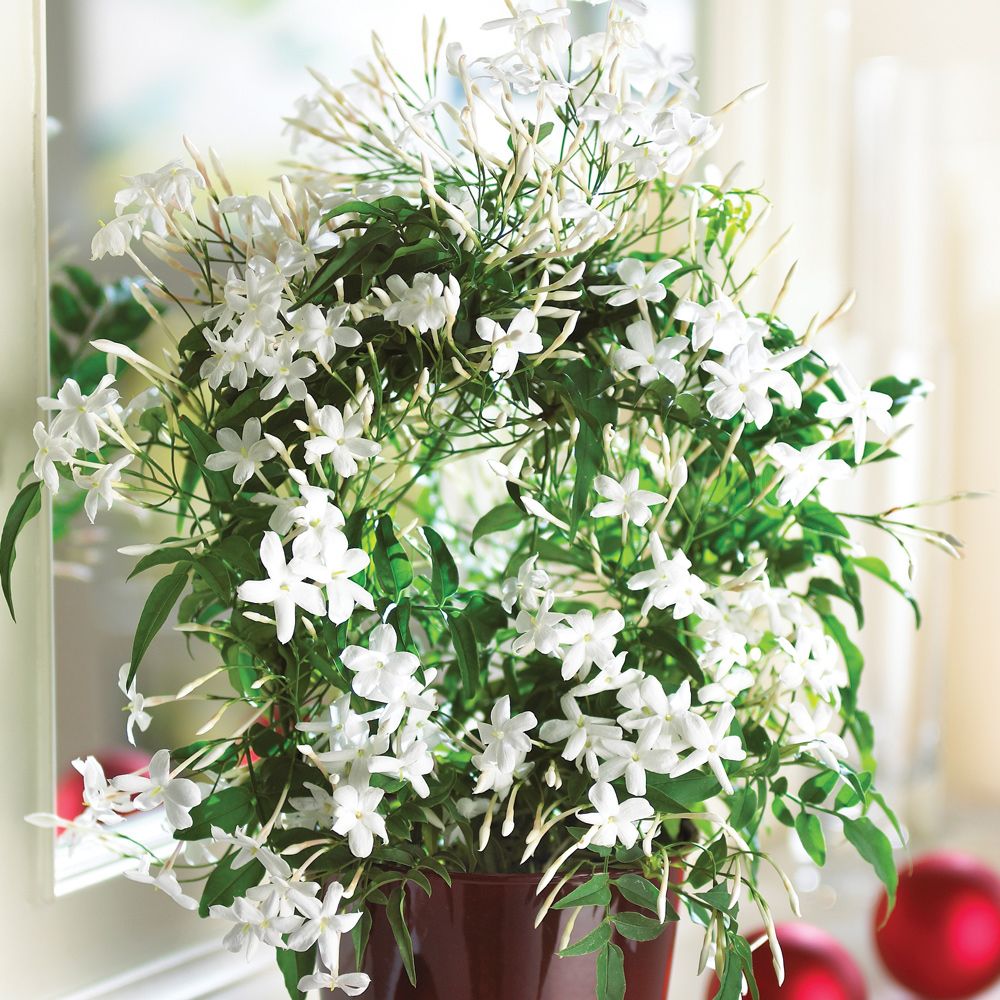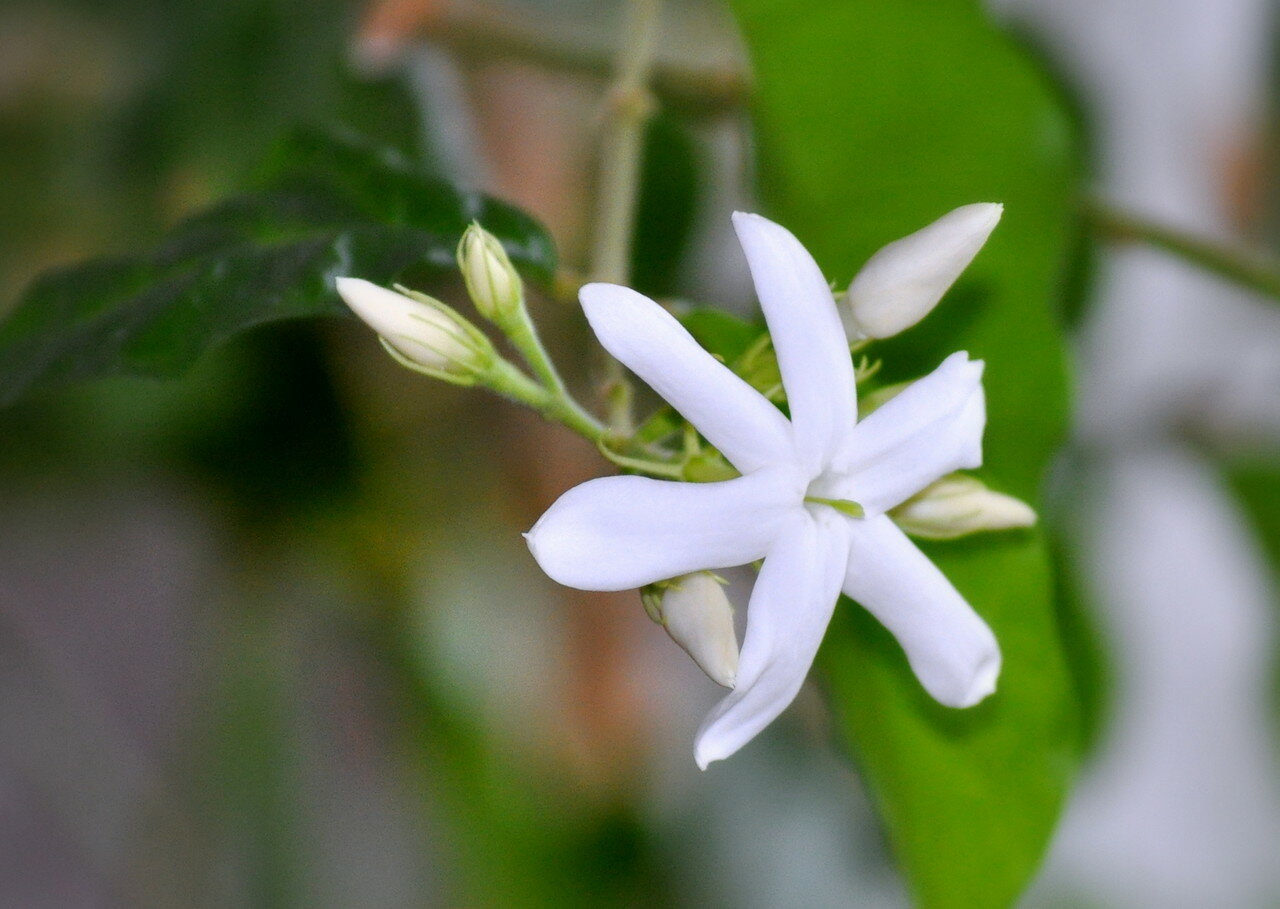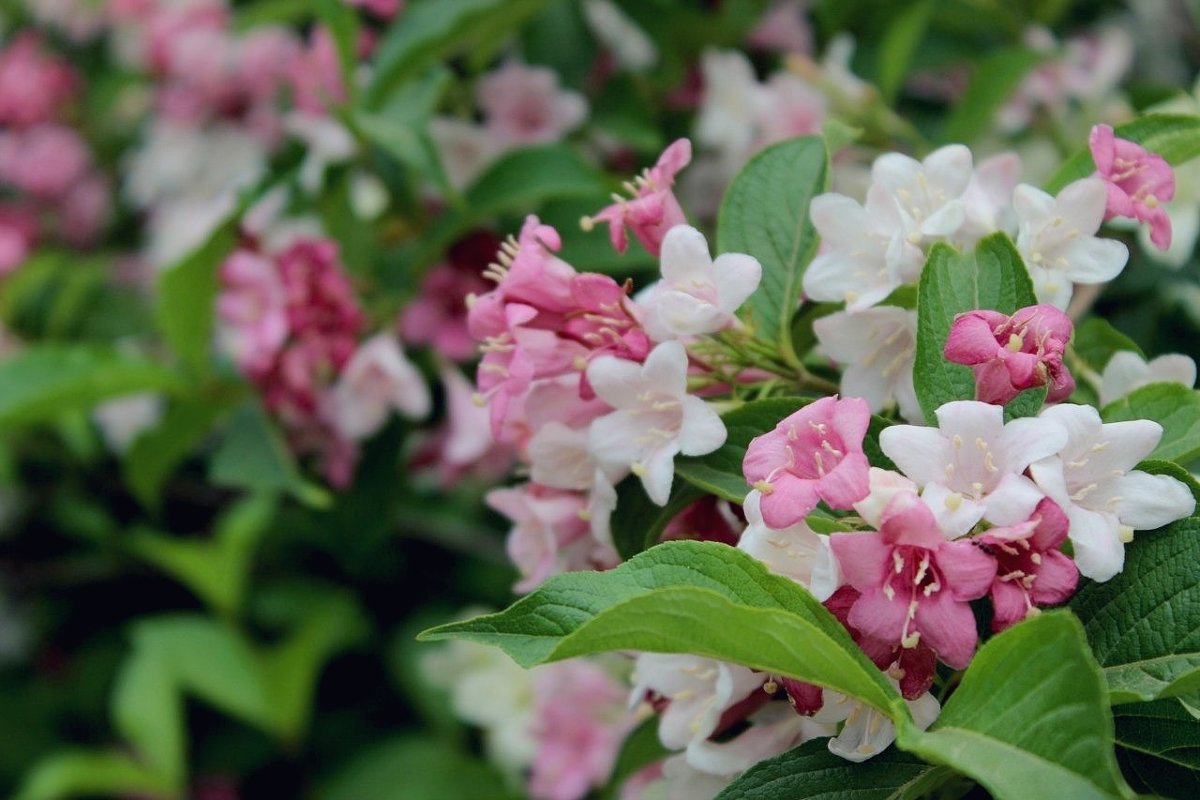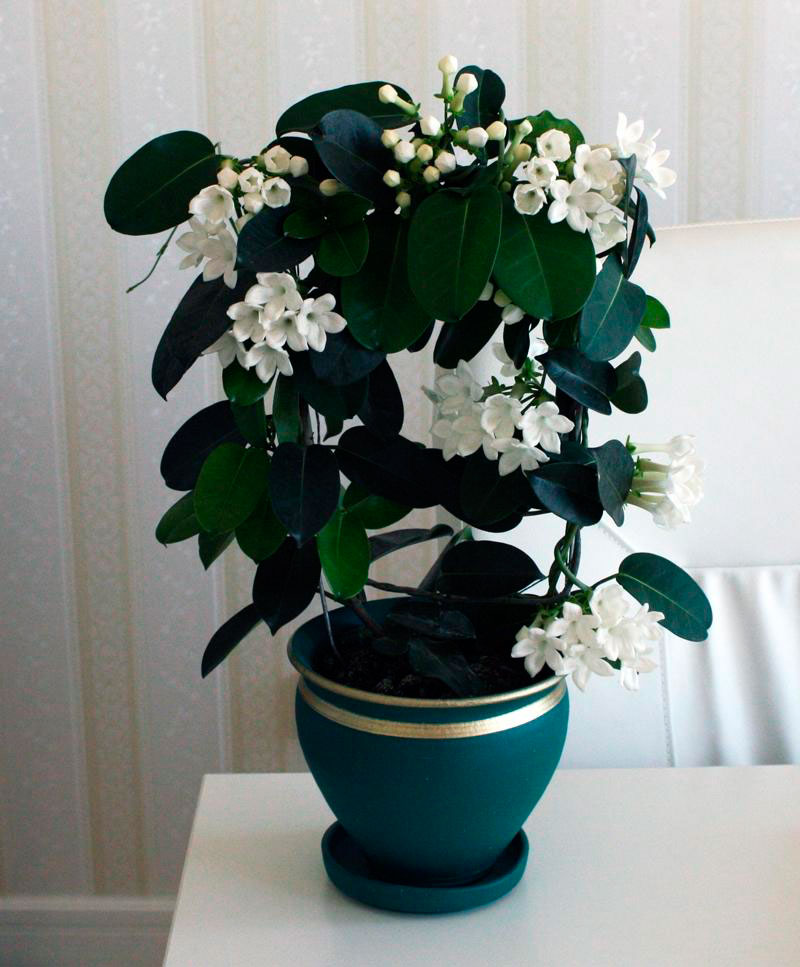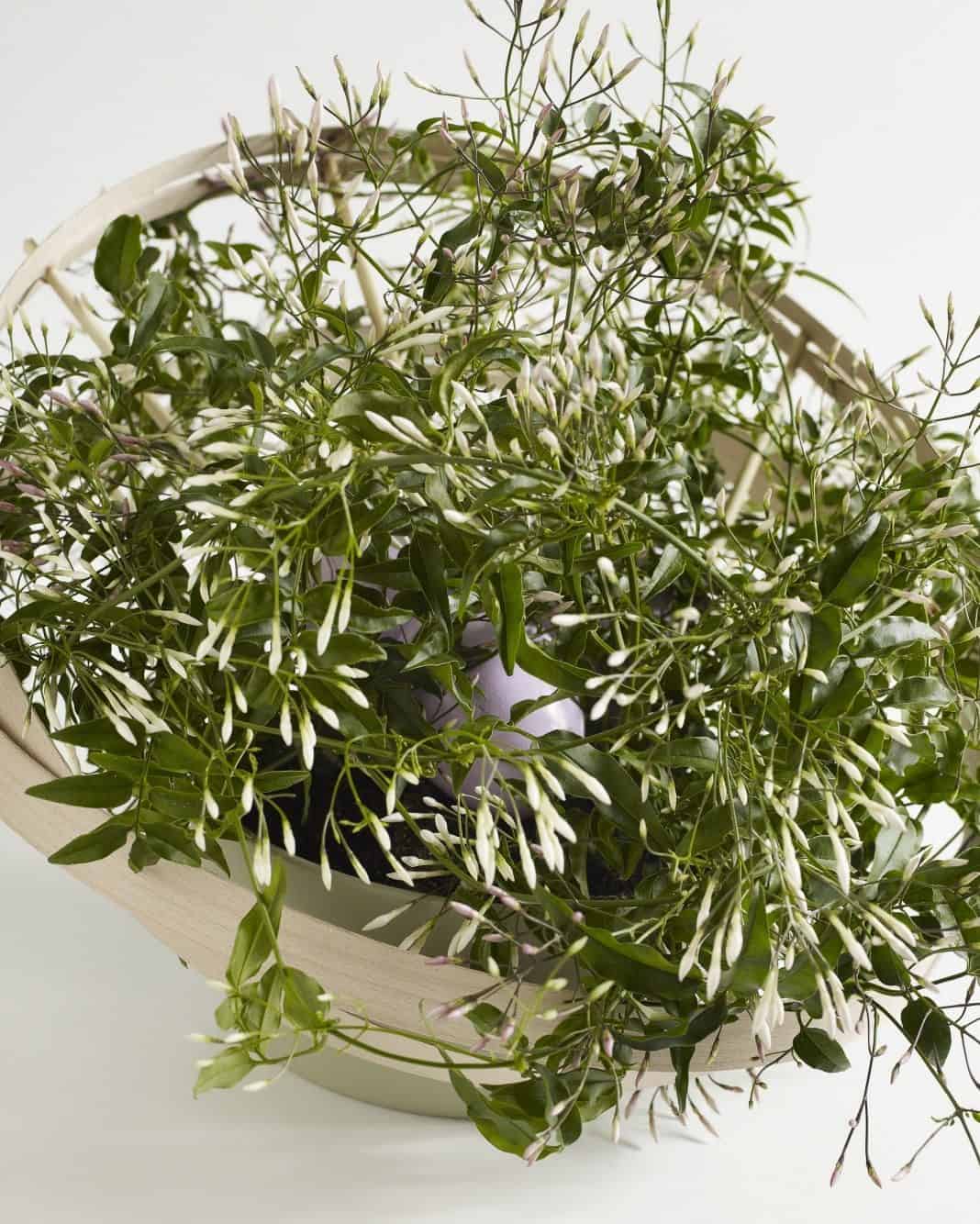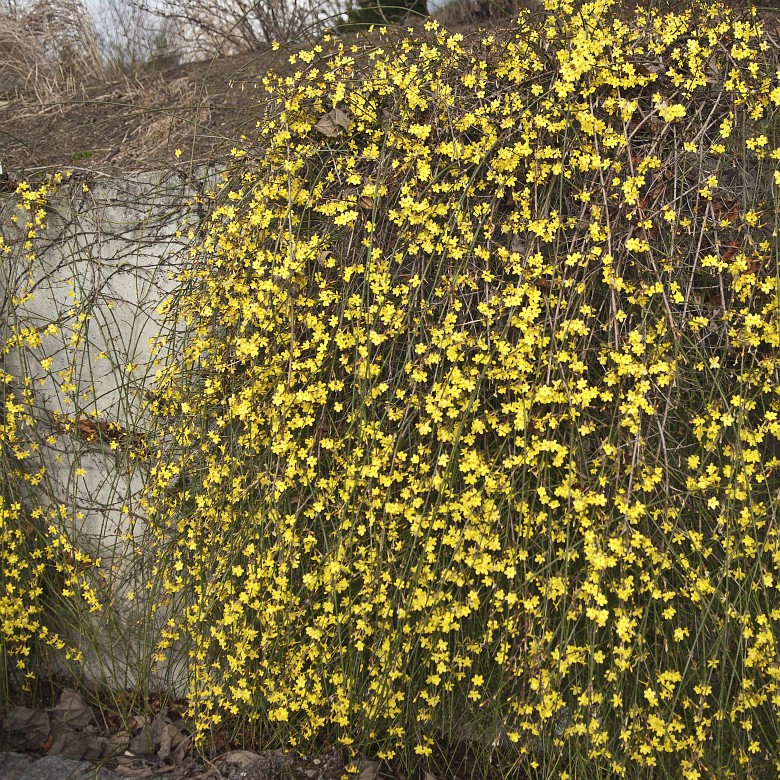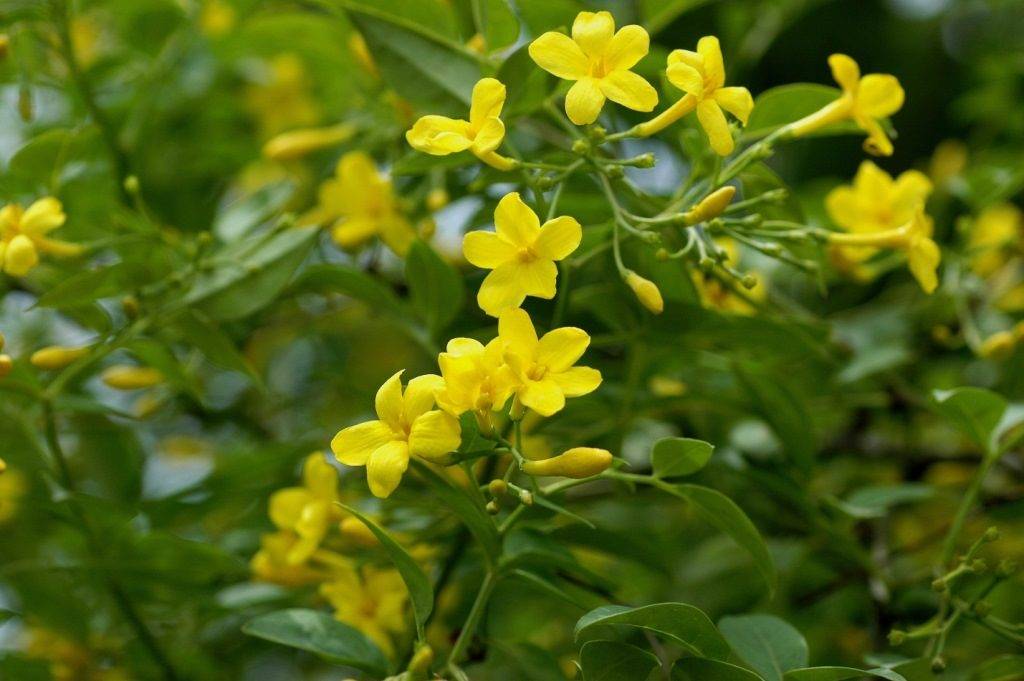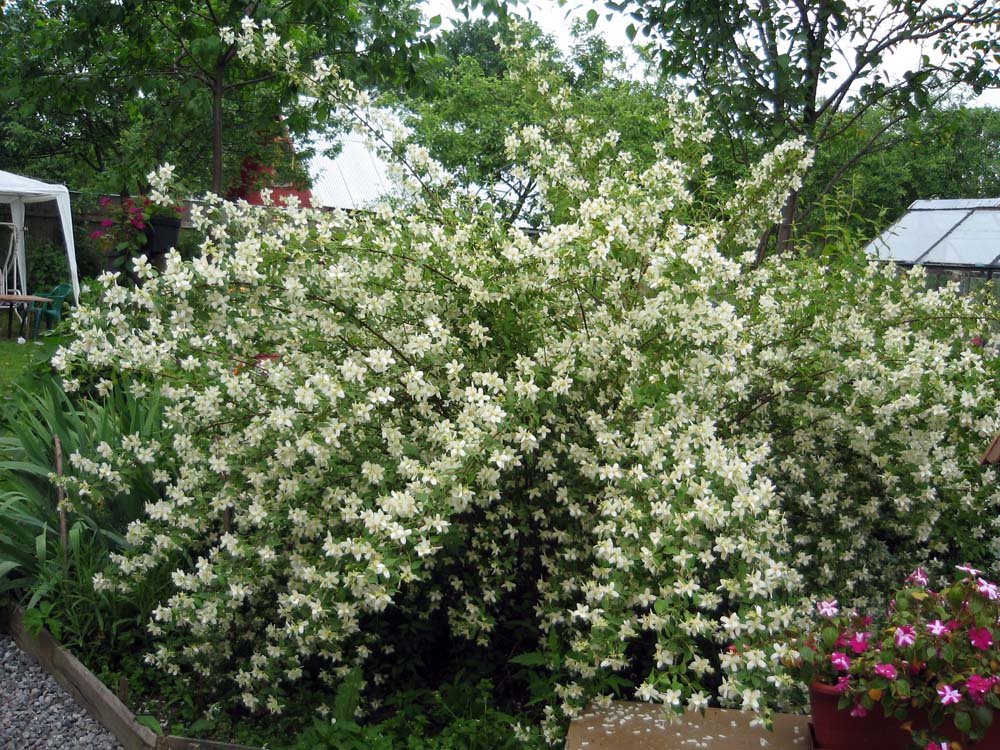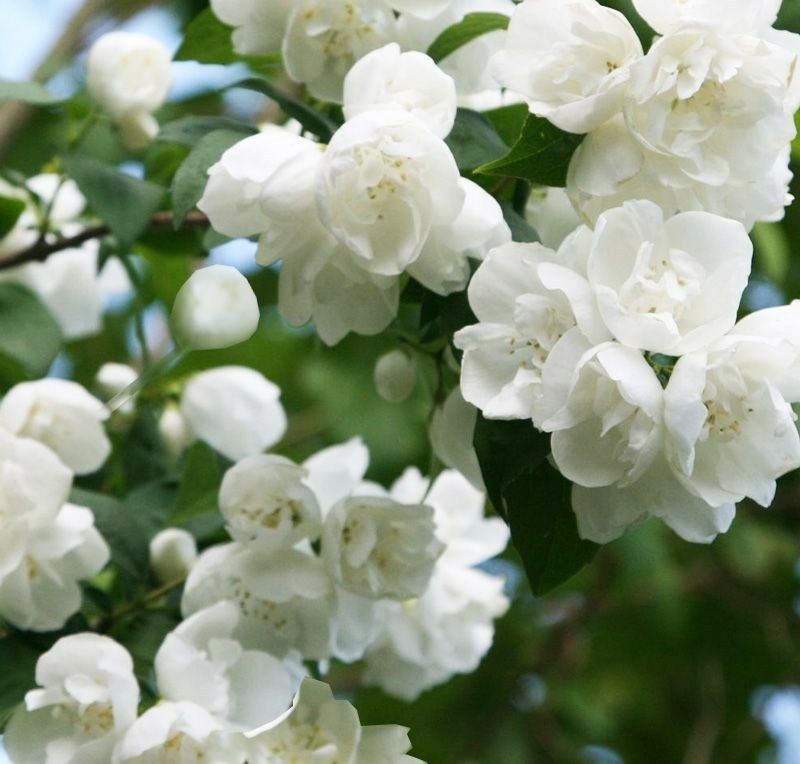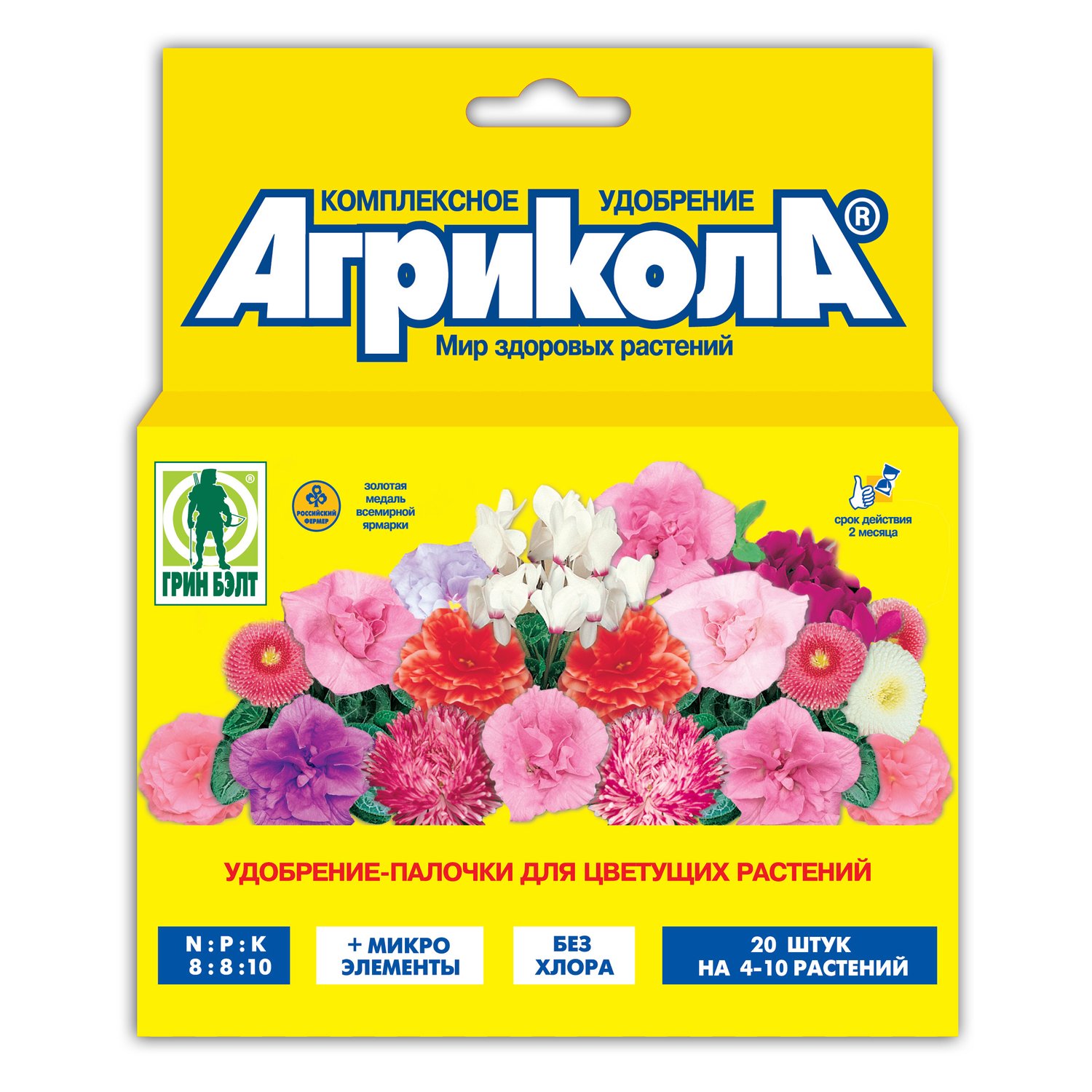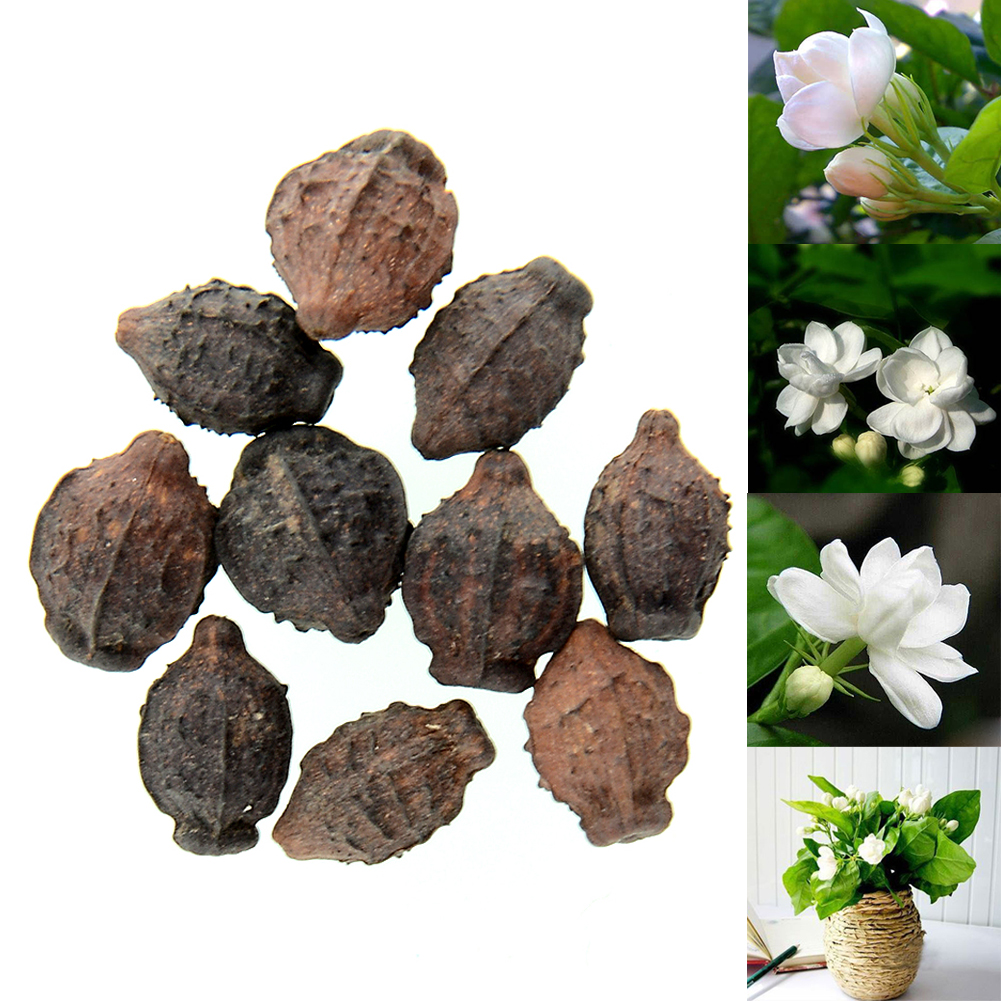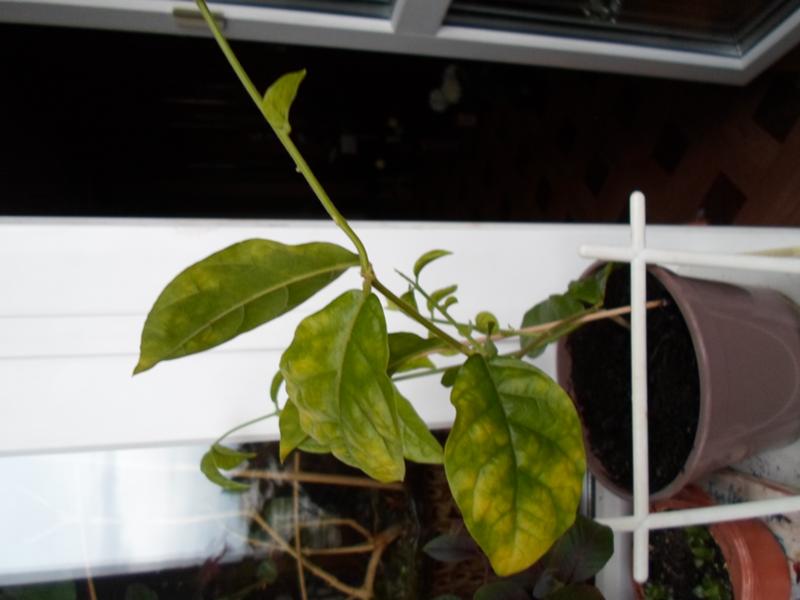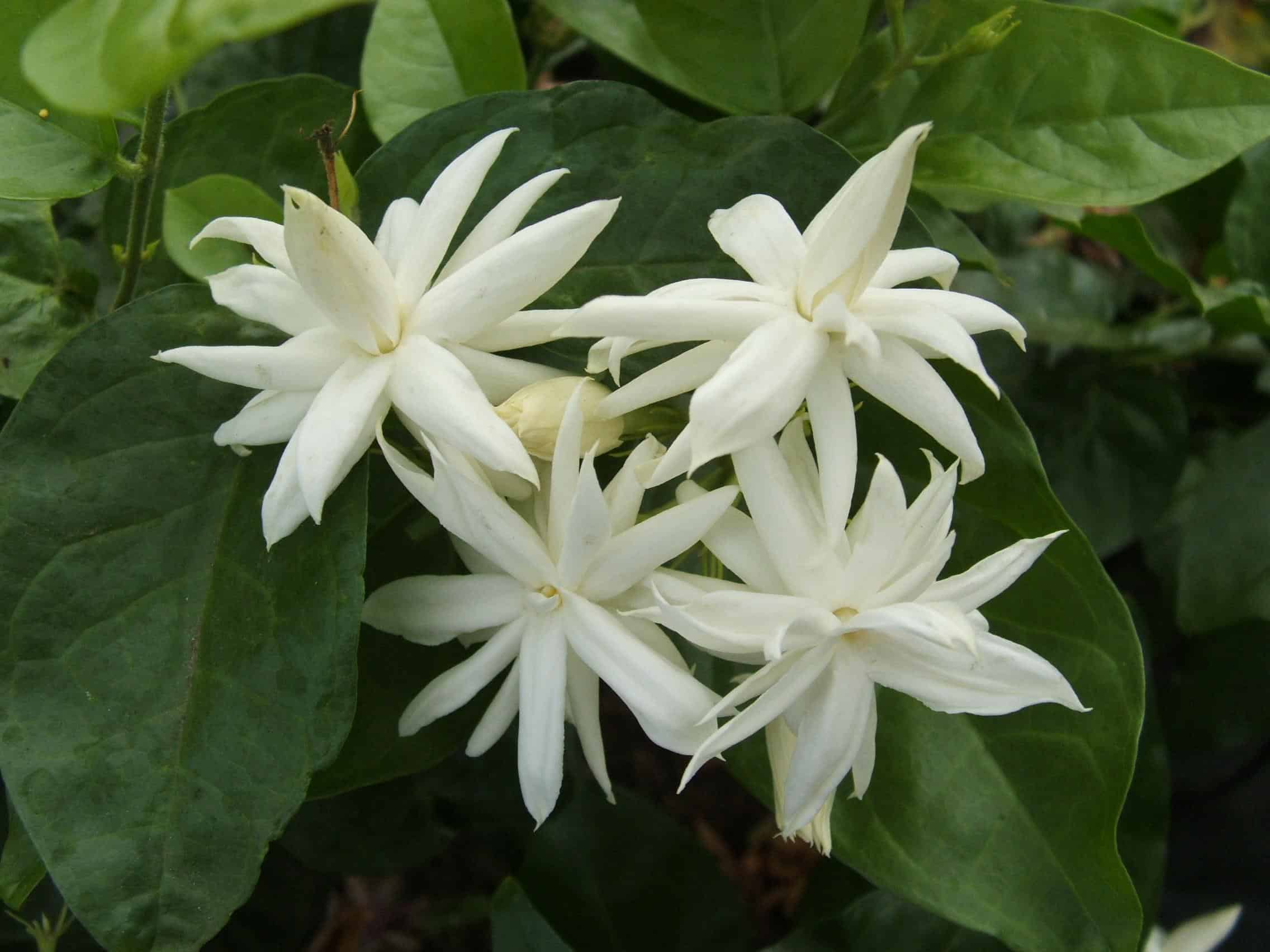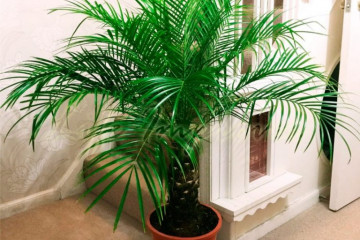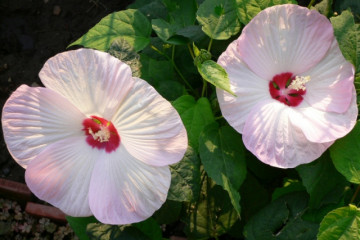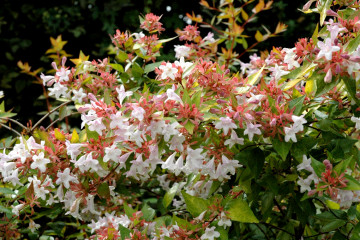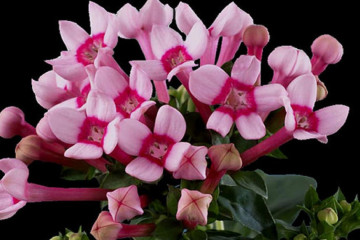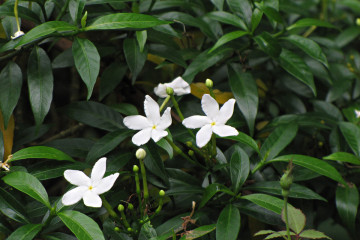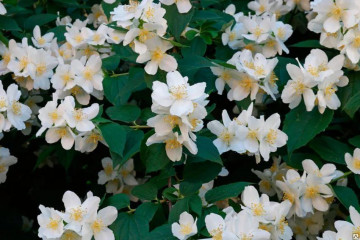Indoor jasmine - home care
Content:
There are plants that look equally good on the windowsill and in the flowerbed. The survival rate and endurance of such flowers can only be surprising. For example, indoor jasmine, brightening open verandas and winter-warmed apartments with its elegance.
The jasmine plant (Jasminum) belongs to the Olive family. There are about 300 species - representatives of this genus. In the wild, it is found in Asia, Africa and Australia, in the tropics and subtropics.
History of appearance
Olives as a family have been known since ancient times, so it is difficult to determine when the first plant was planted as cultivated. Written references and drawings of the main representative of the family - olives, are found on the most ancient cultural objects made before our era.
The word jasmine itself comes from the Persian "yasemin", which means "fragrant." The flowers of the plant really exude a wonderful aroma, especially in the evenings when the petals are fully open.
A gentle inhabitant of warm countries, jasmine (indoor flower) does not like cold weather, so the shrub cannot be planted outside. But in the winter garden, he feels great and grows actively.
Description
There are varieties that grow in the form of shrubs, and liana-like forms are also common. Both deciduous and evergreen plants of this genus are found in nature. Differences also apply to leaf plates: they are unpaired and triple, located opposite and alternately.
Common varieties
There are several varieties of ornamental shrubs that are especially loved by flower growers for their beauty and unpretentiousness.
Sambac
Sambac, or fragrant jasmine, is an evergreen climbing or climbing shrub. Leaves are pinnate, simple, ovoid, leathery, opposite. The length of the leaf blade is from 2 to 10 cm.
Flowers are double or semi-double, pure white, yellow or red. The most common cultivar is the Sambac Grand Duke, a capricious plant with amazingly beautiful double flowers.
With proper care, Sambac jasmine pleases with flowering all year round.
Pink jasmine
A beautiful climbing shrub plant with pink fragrant flowers that can decorate both an apartment and a summer cottage. Pink jasmine blooms from early May to mid-July. Distributed in the Crimea.
Madagascar jasmine
Stefanotis, or Madagascar jasmine, is a tropical exotic with vibrant greens and white or purple flowers. Under natural conditions, jasmine vines reach a length of 6 m. Inflorescences are loose, numbering 5-7 flowers.
The plant requires care and attention, but it cannot be called too capricious.
Jasmine multiflorous
Known under the names Polyanthus, Polyantum. It is a beautiful, densely branching shrub, the branches-lianas of which reach a length of 2 m. The leaves are compound, pinnate, have an opposite arrangement. The plant blooms from February to August. The petals are white, pink at the bud stage. Inflorescences are located along the entire length of the branches.
After flowering on the multi-flowered jasmine, fruits are formed in the form of black berries.
Jasmine
This plant is sometimes called winter jasmine for its ability to bloom in late February. Thin drooping twigs at this time are covered with yellow small flowers, which looks especially impressive against the background of dark coniferous trees or hedges. Holo-flowered decorative jasmine is unpretentious, tolerates pruning, undemanding to the composition of the soil.
Only yellow-leaved jasmine, belonging to the mockery, can compete with him in beauty.
Yellow jasmine
This variety is a shrub with erect shoots up to 1.5 m in height. Leaves are deep green, opposite. The flowers smell great, painted in a bright lemon shade.
At the end of summer, black small shiny berries appear on the branches of yellow jasmine.
Jasmine strawberry
Strawberry jasmine is sometimes called false, because this species belongs to the chubushniki, and this is another botanical family. If this plant got the name "jasmine" for its external resemblance to Olive plants, then the additive "strawberry" was given to it for its aroma.
Fragrant flowers on a small compact bush look very elegant.
Jasmine virginal
When deciding to grow a shrub in the house, it should be borne in mind that some varieties are quite tall and grow actively. These include jasmine virginal. It is a branching shrub with dense green foliage and white double flowers that exude a delicate aroma. He is thermophilic and prefers well-lit places, however, he tolerates the cold quite well.
Jasmine care at home
Although jasmine is quite hardy, its tropical origin makes itself felt: the flower is sensitive to temperature fluctuations and irrigation failure. Home care for indoor jasmine takes effort.
Temperature
The optimum temperature for indoor jasmine in summer is from 18 ° C to 25 ° C. In the winter period of rest, he should be in a room with a temperature of 8 ° C to 10 ° C. Without this, the plant may not bloom next year. Everyone needs coolness except Sambac.
Lighting
Jasmine loves light, but the direct rays of the sun are harmful to him - under their influence, the still unopened buds dry out. Therefore, if it is decided to place a bush on the southern windowsill, you must immediately take care of shading. There will be little light on the north side of the house for the jasmine. It is best to place the plant on a west or east window.
Watering
The plant loves abundant watering, but it does not need to be poured - it is enough to ensure that the ground is always slightly damp. It is advisable to water it only with settled water at room temperature. If necessary, you can reduce the moisture hardness by adding a few drops of citric acid.
Spraying
In hot and dry weather, it is recommended to spray the shrub with water at a comfortable temperature. In the summer, you can send the plant outdoors, where the air humidity is naturally regulated.
Humidity
You can maintain the humidity in the room where the home jasmine flower is located by drying a wet towel on a radiator under the windowsill or by placing a saucer of water near the container with the plant.
Priming
The main requirement for the soil is looseness. Water and air must penetrate to the roots in the required amount. For jasmine, soil for roses or azaleas is suitable. You can make your own potting mix.
To do this, you need to take 3 parts of loamy soil, 1 part of peat and some coarse sand.
Top dressing
In the spring, at the beginning of the growing season, the shrub must be fed with complex fertilizer for flowering plants once every 7-10 days.
Pruning
In order for the bush to begin to grow actively, pruning is recommended in spring. At the beginning of March, all shoots are shortened by 40-60% of the length, diseased, ugly and dried ones are completely removed.
Jasmine varieties that bloom in winter are pruned in autumn. Actively growing ones shorten both in the spring and before the onset of winter. The unpretentious Sambac jasmine requires pruning in the fall and spring.
When and how it blooms
The flowering of jasmine depends on its type and variety, for example, the royal variety is able to open flowers in winter.
Types of flowers
Jasmine flowers are elongated tubes, open at the end. Petals can be double, semi-double and simple. They are collected in inflorescence scutes, located on the sides or at the top of the branch.
Flower shapes
With a similar shape (saucer-shaped corolla with a cylindrical elongation-tube), the plant pleases with a variety of colors: from classic white to yellow, lilac and pink.
Flowering period
Some varieties of homemade jasmine delight with flowering only for a couple of summer months. Others bloom fragrant flowers from February to early autumn. Still others bloom almost without interruption. You can have several different types of plants at once and admire the flowering at different times of the year.
Changes in care during flowering
In order for the home bush to bloom more actively and longer, the tops of the stems must be pinched, leaving no more than 7 pairs of leaves on the shoot. Special care for jasmine during the flowering period is not required, it is only important to monitor the humidity of the air and prevent the soil from drying out.
How jasmine reproduces
A fast growing shrub is easy to propagate. This can be done in three different ways.
Germinating seeds
Seeds purchased or collected independently must be soaked in water for 2 days to speed up the germination process. You can add a little Kornevin.
Swollen seeds are sown in soil, vermiculite or coconut fiber, to a depth of about 1 cm. The plantings are placed in a place where the temperature will be kept at 22 ° C to 25 ° C, and regularly moistened with warm water. After 3 weeks, the first shoots will appear.
Rooting cuttings
Cutting indoor jasmine:
- Cut 12-15 cm cuttings from young shoots. This should be done in April.
- Place the cuttings in water at room temperature. Change it to fresh every 3-4 days.
- When the roots grow from the cuttings, they are moved from the water to the nutrient substrate. From now on, you can take care of young jasmine plants as always.
Garden plant species can also be propagated in this way.
Air layering
Reproduction by layering in the spring and summer:
- A small incision is made on the extreme shoot;
- The place of the incision is buried in the ground, if necessary, the shoot is fixed with a hairpin;
- The dug-in place is regularly watered;
- In autumn or spring (depending on when the cuttings were buried), you can separate it from the mother plant and plant it in a separate pot.
Jasmine transplant
Young actively developing plants are transplanted once a year. It is enough to transplant adult jasmine bushes once every 3 years.
When preparing the substrate and a new container, you should not forget about the drainage (expanded clay, broken brick) and holes in the bottom.
Possible growing problems
The plant reacts painfully to improper care and unfavorable conditions. By external signs, it is possible to determine exactly how to adjust the care measures so that the ornamental shrub will again please with healthy growth and flowering.
Drops buds and leaves
This sign can indicate both a lack and an excess of moisture in the soil. It is advisable to be more careful with the irrigation regime, moisturizing the soil in moderation.
Leaves turn pale
Jasmine leaves can become discolored due to cold, hard water, drafts, excess light, or lack of nutrients in the soil. Moistening the soil with warm softened water, changing the place for the plant or applying a complex fertilizer under the root will help.
The tips of the leaves dry
As a rule, drying out is caused by low air humidity. It is necessary to spray the plant more often, place a saucer with wet pebbles next to it, or put a damp towel.
The lower leaves fall
The lower leaves fall off the aging lignified shoots. You can avoid this by regularly pinching them and carrying out spring pruning.
Flowering does not start
There are many answers to the question why home jasmine does not bloom. Such a problem may arise due to improper planting (the root collar is deeply buried in the ground), lack of nutrients in the soil, lack of light or, on the contrary, direct sunlight, insufficient or too abundant watering, inappropriate air temperature. By correcting mistakes in care, you can achieve abundant and long-lasting flowering.
Pests
Aphids and spider mites are the eternal enemies of indoor plants, and they also harm jasmine. They damage young leaves and shoots, as a result of which they turn yellow and dry out. As a preventive measure, it is necessary to monitor the level of humidity (the tick is afraid of dampness) and regularly inspect the plants themselves.
If small greenish or whitish insects appear on them, it is time to apply special insecticides. They must be used strictly in accordance with the instructions. Proponents of home-based methods can be advised of a soapy solution that is used to treat jasmine leaves. It is also useful to wash the plant more often, wipe it with a damp, clean cloth.
When jasmine blooms, you can admire it all day long. The wonderful scent of the flower at any time of the year reminds of a warm summer. Which type of shrub to give preference, each grower decides for himself. The main thing is to take care of the flower so as to receive a whole scattering of fragrant "stars" in gratitude.
